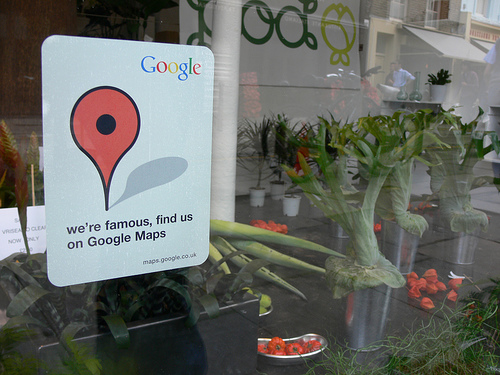Having an effective content strategy for local SEO helps drive relevant traffic, turn visitors into brand ambassadors, and boost your conversions and revenue. In today’s blog, I want to share how you can come up with an effective content strategy that draws in your local target market.
Your market wants an authority figure, and giving them easy access to engaging and informative content is the way to do it. As I’ve mentioned many times before, content is king only when placed in the right context.
Things to Avoid
Let’s start off with the don’ts. Avoid self-promotion when creating a content strategy. Yes, you want to sell brands and get more customers for your clients, but direct marketing isn’t always the best approach.
For example, focus on creating content for an authority-building blog instead of writing different versions of a sales pitch. Consumers are always keen on getting free information, and they are more likely to share insightful blogs than sales copies.
Don’t think there is a shortcut to an effective content strategy. It will take time to build your local presence and local authority. You need to update content regularly and share what Wil Reynolds call “#RCS” – real company stuff. Consumers would rather read about actual company updates, new products or services offered, or industry news rather than read about what makes you the best brand in the market.
Improving Your Content Strategy for the Local Market
In any local SEO guide, you’ll find the importance of building a relationship with your site visitors until they trust you enough to buy from you. Here are a few ways to make your strategy more effective for the local market:
Target the right audience with what they care about.
Divide your market into segments and discover what information they need, and give it to them. This is how you use content in the right context. For example, think of what your peers would be interested in when writing a blog. Make sure your topic is up-to-date, and that you have either new information or a fresh take on an important industry topic. Targeting them instead of your target market gives you industry authority and authenticity once your peers share your content. It also gives you instant access to their market when they share your content. Choose topics that are relevant to your location.
Create and optimize unique content.
Once you know what your audience segments want to know, develop original, up-to-date content and schedule their publication. Think about what’s happening in your local space and talk about your industry in that light. Be honest and sincere when writing, but also create a need – make your readers understand why they should give you their time, attention, and eventually trust. If you don’
Practice transmedia storytelling.
“Variety is the spice of life,” they say, and the same holds true for your content strategy. Remember to use a wide variety of materials. Producing the same type of content repeatedly won’t help you retain the attention of your audience. Experiment with different types of content, like animated GIFs, comics, embedded media, and user-generated content to name a few. Weave these materials into a single narrative, and let your readers participate by creating games, making the experience interactive and rich for your visitors.
Incorporate local influence marketing.
The best way to get local authority is to attract brand ambassadors – people who genuinely like your brand and will let others know. Build relationships with local authoritative figures in your industry and have them guest-post at your blog. This affirms your authenticity, raises your authority, and sends a signal to your target market that you are a trustworthy brand.
Claim and optimize your online business listings.
This is a local SEO staple, but most businesses only stop at claiming their listings. Many people use services like Google+ Local, Foursquare, and Yelp to find local establishments. Make sure you keep the information in your business listing updated. Do not limit your content to your business name, address, website and contact information – directories now let you upload photos of your establishment. Provide these and keep them updated regularly, and encourage your customers to check into your verified listing to spread the word.
Use authorship mark-up.
Make sure to add an authorship mark-up snippet to your content. Google prioritizes content associated with a verified Google+ or Google+ for Business account. People trust content with authorship mark-up more because they can verify the source of information.
Contact your account manager if you need help with creating an effective local SEO strategy. We cover all these and more in our local SEO packages. Sign up for a free account now if you’re not yet a partner!



